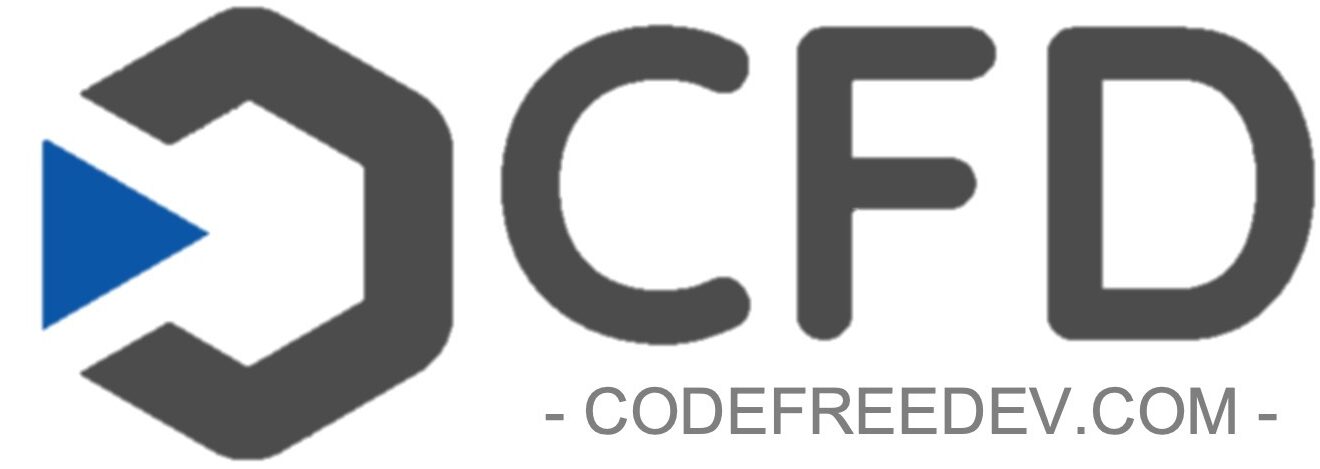Understanding the Importance of Performance and Scalability in No-Code Projects
In the world of technology, it is not enough to simply create an application or website that is visually appealing. Performance and scalability are essential factors that determine the success of a project. In the context of no-code development, poor performance and scalability can have a significant impact on user experience, site traffic, and ultimately, revenue. Therefore, it is critical to design and develop no-code projects that can handle a significant amount of traffic and perform well under high loads.
Choosing the Right No-Code Platform
One of the critical factors that affect the performance and scalability of a no-code project is the platform on which it is built. Different no-code platforms have varying capabilities and limitations, and it is essential to choose one that aligns with the specific needs of the project. Some platforms may have limitations in terms of the amount of data that can be processed, while others may not support certain integrations that could be essential for the project.
Optimize Images and Media Files
Images and media files can significantly impact the performance of a no-code project. Large files can slow down the loading time of a website, resulting in a poor user experience. Therefore, it is essential to optimize images and media files before adding them to the project. Compression and resizing tools can help to reduce the file size without sacrificing quality.
Minimize Third-Party Integrations
Third-party integrations can add significant functionality to a no-code project. However, they can also be a significant source of performance issues. Each integration adds an additional layer of complexity and can impact the loading speed of the website. Therefore, it is crucial to choose integrations carefully and minimize the number of third-party tools used.
Utilize Caching and Content Delivery Networks (CDNs)
Caching and Content Delivery Networks (CDNs) can help to improve the performance of a no-code project by reducing the amount of data that needs to be processed. Caching involves storing frequently accessed data locally, reducing the time it takes to retrieve data from the server. CDNs can further improve performance by distributing content across multiple servers, reducing the distance that data needs to travel.
Regular Maintenance and Updates
Finally, regular maintenance and updates are essential to keep a no-code project performing optimally. As the project grows, updates may be necessary to optimize performance or add new functionality. It is essential to stay up to date with the latest versions of the no-code platform and any integrations used in the project. Regular testing and monitoring can help to identify and resolve any issues before they impact the user experience.
In conclusion, performance and scalability are critical factors that must be considered when creating no-code projects. Choosing the right platform, optimizing images and media files, minimizing third-party integrations, utilizing caching and CDNs, and regular maintenance and updates are all essential steps in ensuring that a no-code project performs well under high loads. By following these tips, no-code developers can create websites and applications that offer an optimal user experience while handling a significant amount of traffic.
If you’re looking for more resources on optimizing the performance and scalability of no-code projects, there are several online communities and platforms that can help. The NoCode.tech website offers a wide range of resources, including tutorials, courses, and forums. The NoCode Community on Reddit is another great resource for no-code developers to connect, share knowledge, and seek advice. Additionally, no-code platforms such as Webflow and Bubble offer extensive documentation, video tutorials, and support forums to help users optimize their projects. With these resources at their fingertips, no-code developers can create high-performing projects that meet the needs of their users.
- Learn To Create No-Code Database-Driven Applications - June 1, 2023
- Common Mistakes in No-Code Development - May 31, 2023
- Learn No-Code Development for Free - May 27, 2023

